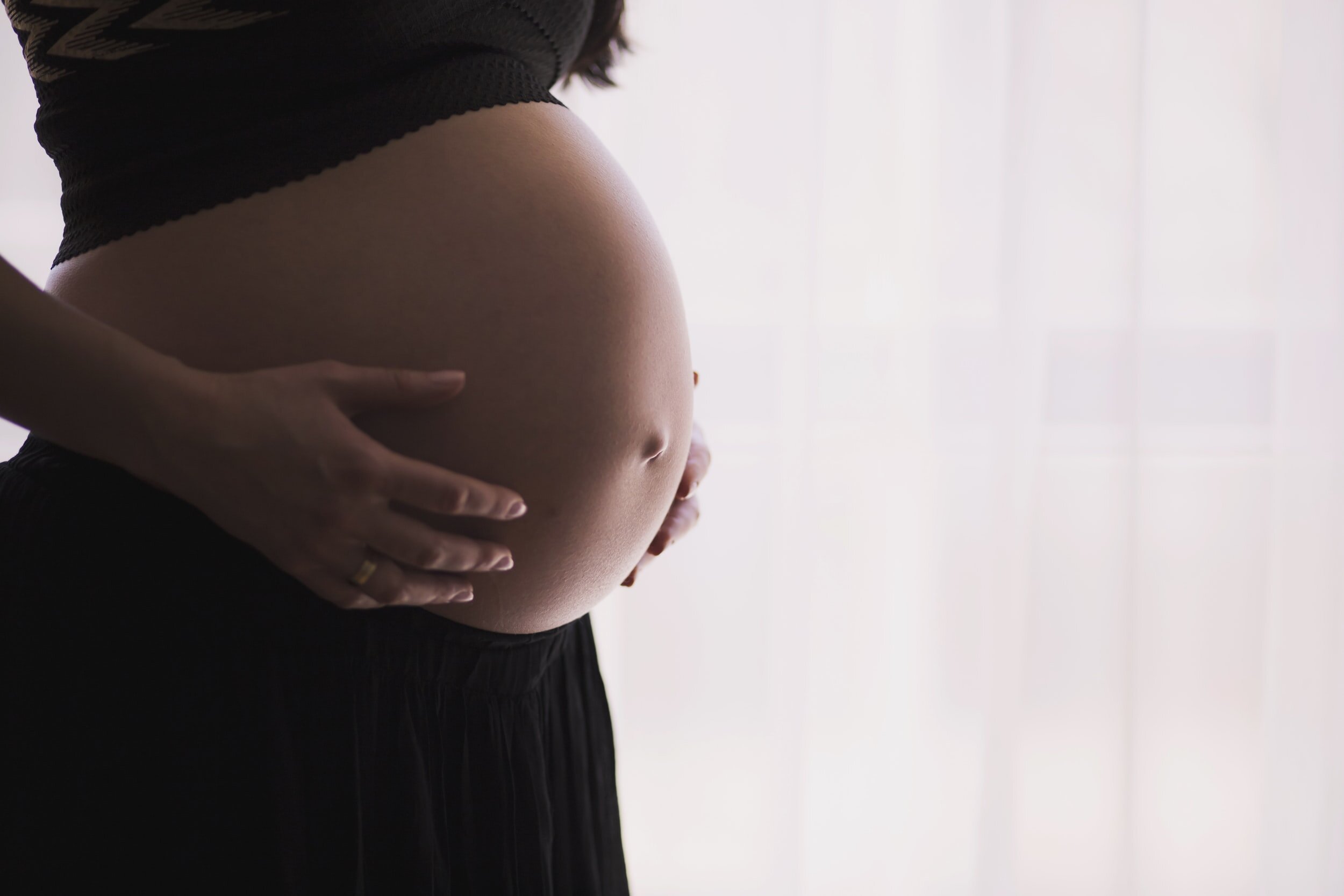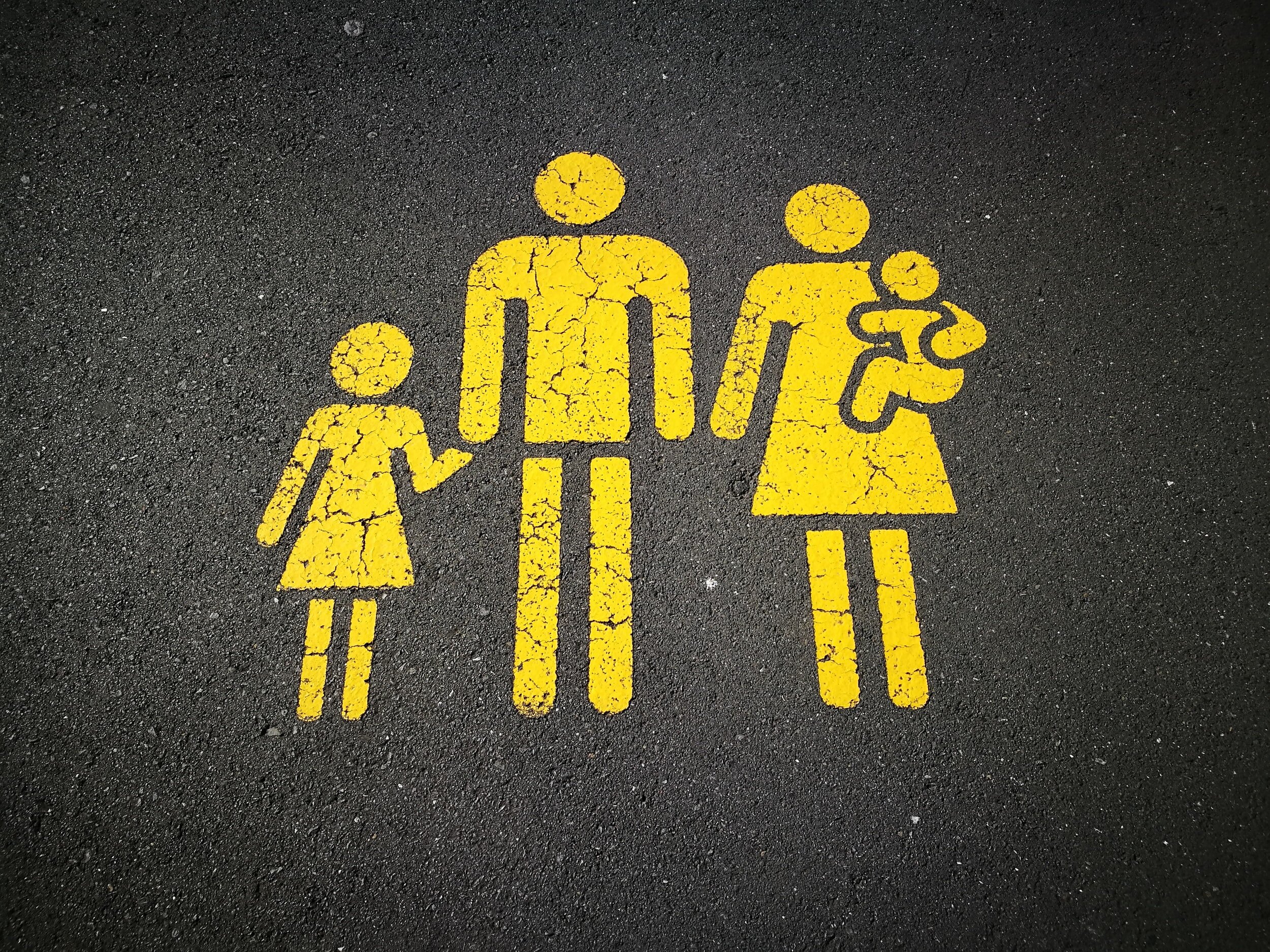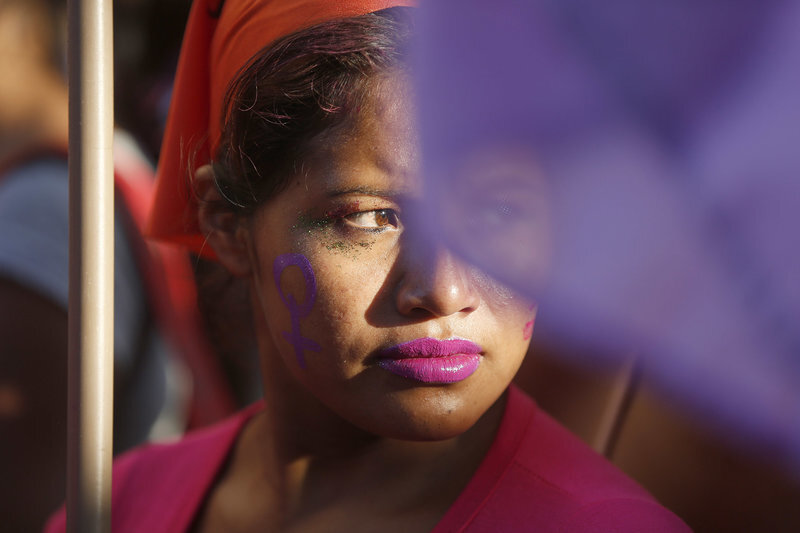Gender & Health
Mary Nghi Ngo examines the societal attitudes and expectations regarding reproduction as factors impacting women’s health and well-being.
Although the Universal Declaration of Human Rights confers protection to all individuals irrespective of gender, it has proven largely inefficacious in promoting women’s rights…
The issue of war and conflict in a nation state and the impact on citizens, especially on women and children, is critical in terms of research and peace-building processes…
The United Nations (UN) defines violence against women and girls (VAW) as “any act of gender-based violence that results in, or is likely to result in, physical, sexual, or mental harm or suffering to women, including threats of such acts, coercion or arbitrary deprivation of liberty, whether occurring in public or in private life”…
Sexual violence and domestic abuse is both mental and physical. Studies evaluating the link between violence against women and depression have demonstrated that women who have experienced violence were associated with much higher rates of depression…
Four million newborn deaths occur in developing countries every year, where access to health care can be low or, in some cases, virtually non-existent. Furthermore, of all child deaths under the age of 5 that occur annually, nearly 40% are among newborns during their first 28 days of life…







Female genital mutilation and cutting (FGM/C) involves the partial or total removal of the female external genitalia for non-therapeutic reasons [1]. The World Health Organization (WHO) estimates that over 200 million girls and women alive today have undergone some form of FGM/C in approximately 30 countries in Africa, the Middle East, and Asia [2]…